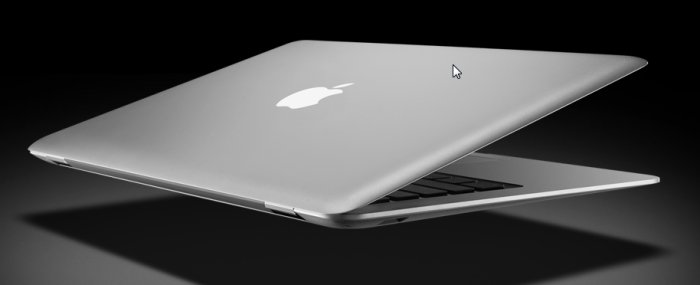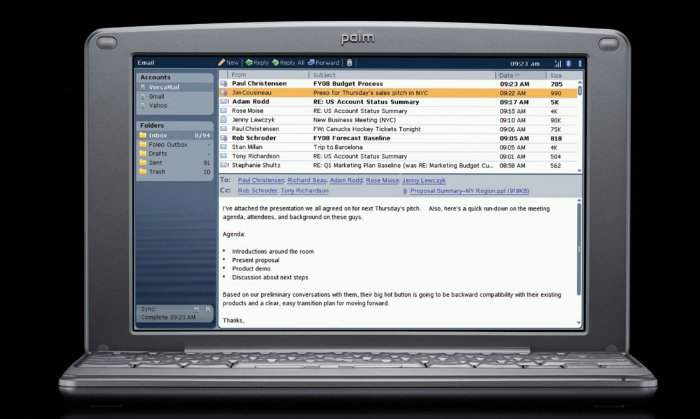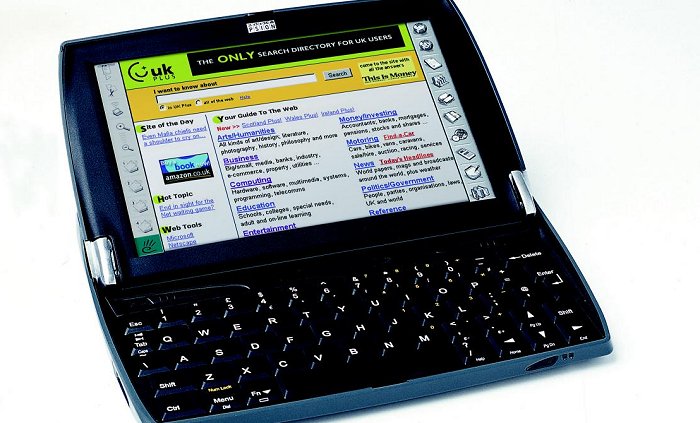
While not directly promoting a new phone (I’m not sure that ‘you can have multiple recipients of an SMS’ constitutes a major upgrade for the iPhone), yesterday’s MacWorld keynote by Apple CEO Steve Jobs put into relief the problems of mobile computing. What exactly do we want to do while at home, on the train, at work, on the road, traveling on holiday, and the million and one other places where technology and communication would be helpful?
For a long time after Symbian formed (in 1999), debate raged inside as to whether the correct answer was a one-box solution, with everything in a single device, or a two-box solution where you have your ‘computer’ and your ‘phone’ working in partnership. As is evident now, this is still an unanswered query.
For a long time, it looks like the all in one-smartphone was going to gain the upper hand, and devices like the Nokia E90 and the Sony Ericsson P1i (and Windows Mobile-powered HTC TyTN II) backed this up. But my Nokia Tablet experience (currently the N810 and N800 models) shows a serious consideration to a two-box strategy. The prominence of home (and work) Wi-fi is also something that has helped to alter both models of operation.

But I think a better point of note is the complete gap between devices like the N810, E90 and iPod Touch and your laptop. Every single logical approach to a product line leaves a large gap in this space, and it’s not for want of trying. Last year Palm announced the Foleo, a ‘small laptop’ that would tether to your Palm Treo for mobile data. It never made it to the market. Go back further, and while you’ll find a lot of tech people praising the Psion Netbook, it was not a huge seller, even compared to other devices in the Psion line-up.
And this is where the MacBook Air is very interesting. It’s trying to get into that ultra portable space, but only half-heartedly – by going for a super thin laptop Apple are effectively saying that they don’t see a space in ‘mini laptop’ space just yet – much as Palm and Psion found out. Sure it looks nice, but when it comes down to it, being not one thing or another means that consumers are not going to risk cash – they’ll go for something bigger (a full laptop) or something smaller (the iPhone, N810’s and E90’s of this world). The fact that software can successfully drive a device in this space is immaterial - the Netbook ran effectively Symbian OS 5.0, and both the iPhone and MacBooks run variants of OS X. But it's not the software that lets it down. It's the consumer, because every company that has tried in this space has not make a success of if, no matter how fancy or slick the product is.

Apple avoiding the space is yet another sign of this, perhaps?
While the world drives towards convergence on smaller and smaller smartphones and pocket tablets, it seems that we’ve answered one question. Outside of small tech circles (that'll be Rafe, Steve and me), the idea of an ultra portable laptop, with around a 7-8” screen, solid state disks and true instant-on, is just not something that the public wants. Smart, small devices is the way forward, parallelling modern low-cost full-size laptops.
Ewan Spence, Jan 2008
